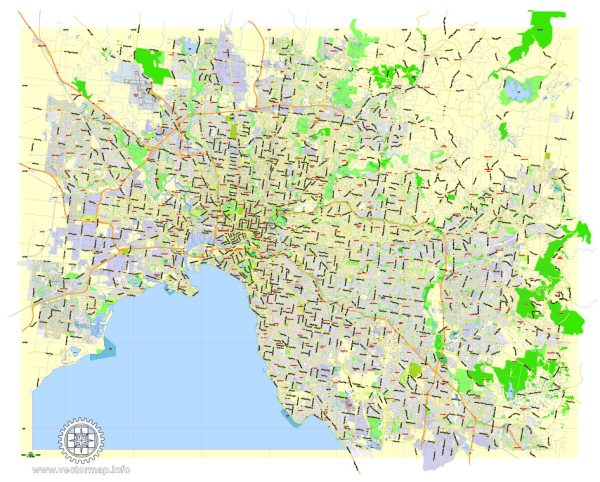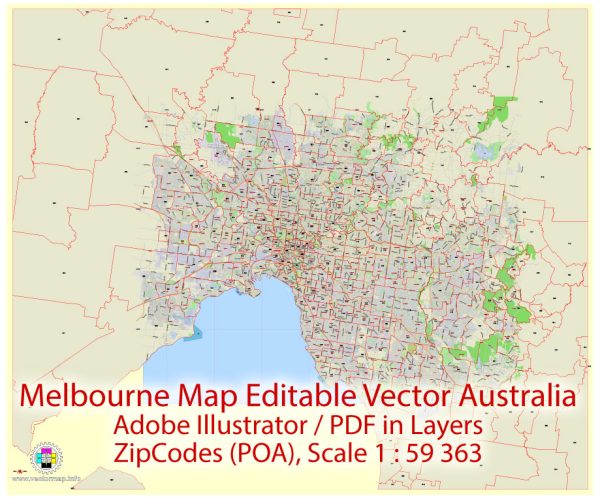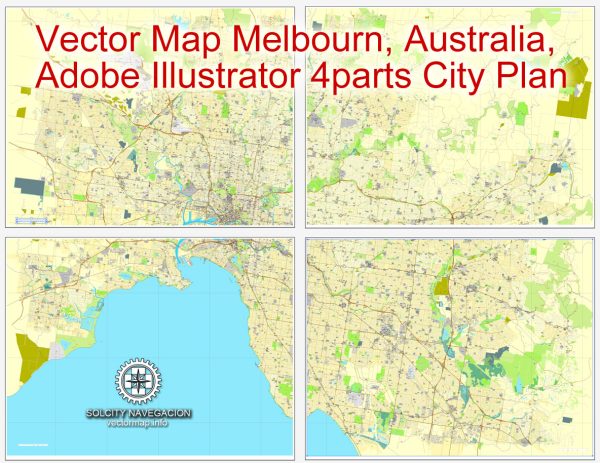The history of Melbourne’s urban development is a fascinating journey that reflects the city’s evolution from a small colonial settlement to a bustling metropolis. Here is a brief overview of the key stages in Melbourne’s urban development:
- Founding and Early Settlement (1835-1850): Melbourne was founded in 1835 by settlers led by John Batman and John Pascoe Fawkner. The site was chosen for its strategic location along the Yarra River. The area quickly grew as a result of the Victorian gold rush in the 1850s, attracting a large influx of immigrants.
- Gold Rush Boom (1851-1860): The discovery of gold in Victoria in 1851 led to a massive population surge in Melbourne. The city became the major port and service center for those seeking their fortunes in the goldfields. The economic prosperity during this period contributed significantly to Melbourne’s urban development, leading to the construction of grand buildings and infrastructure.
- Post-Gold Rush Era (1860-1880): After the gold rush subsided, Melbourne continued to grow as an important commercial and financial hub. During this period, substantial public infrastructure projects were initiated, including the development of parks, gardens, and the establishment of key institutions. The city’s layout began to take shape, and many of Melbourne’s iconic buildings were constructed.
- The Marvellous Melbourne Era (1880-1890): Often referred to as the “Marvellous Melbourne” era, this period was marked by rapid economic and population growth. Melbourne became one of the largest and wealthiest cities in the British Empire. This prosperity was reflected in the construction of elaborate Victorian-era buildings, many of which still stand today.
- Early 20th Century (1900-1950): The early 20th century saw continued urban expansion, with the development of suburbs and improved transportation infrastructure, such as the electrification of tram services. The city’s architecture transitioned to more eclectic styles, including Art Deco and modernist influences.
- Post-War Period (1950-1980): Melbourne experienced significant suburbanization in the post-war period, with the rise of the automobile contributing to the spread of residential areas. The city underwent modernization, and major projects like the construction of the Melbourne Arts Centre and the expansion of the Central Business District (CBD) took place.
- Late 20th Century to Present (1980-Present): The latter part of the 20th century and the early 21st century saw Melbourne evolve into a diverse and cosmopolitan city. Urban renewal projects, including the development of Docklands and the revitalization of inner-city areas, have contributed to Melbourne’s modern landscape. The city has also gained a reputation for its focus on cultural events, arts, and sports.
Throughout its history, Melbourne’s urban development has been shaped by a combination of economic factors, population growth, technological advancements, and cultural influences. Today, Melbourne stands as a vibrant and multicultural city, known for its well-planned urban spaces, diverse neighborhoods, and a thriving arts and culinary scene.




 Author: Kirill Shrayber, Ph.D.
Author: Kirill Shrayber, Ph.D.